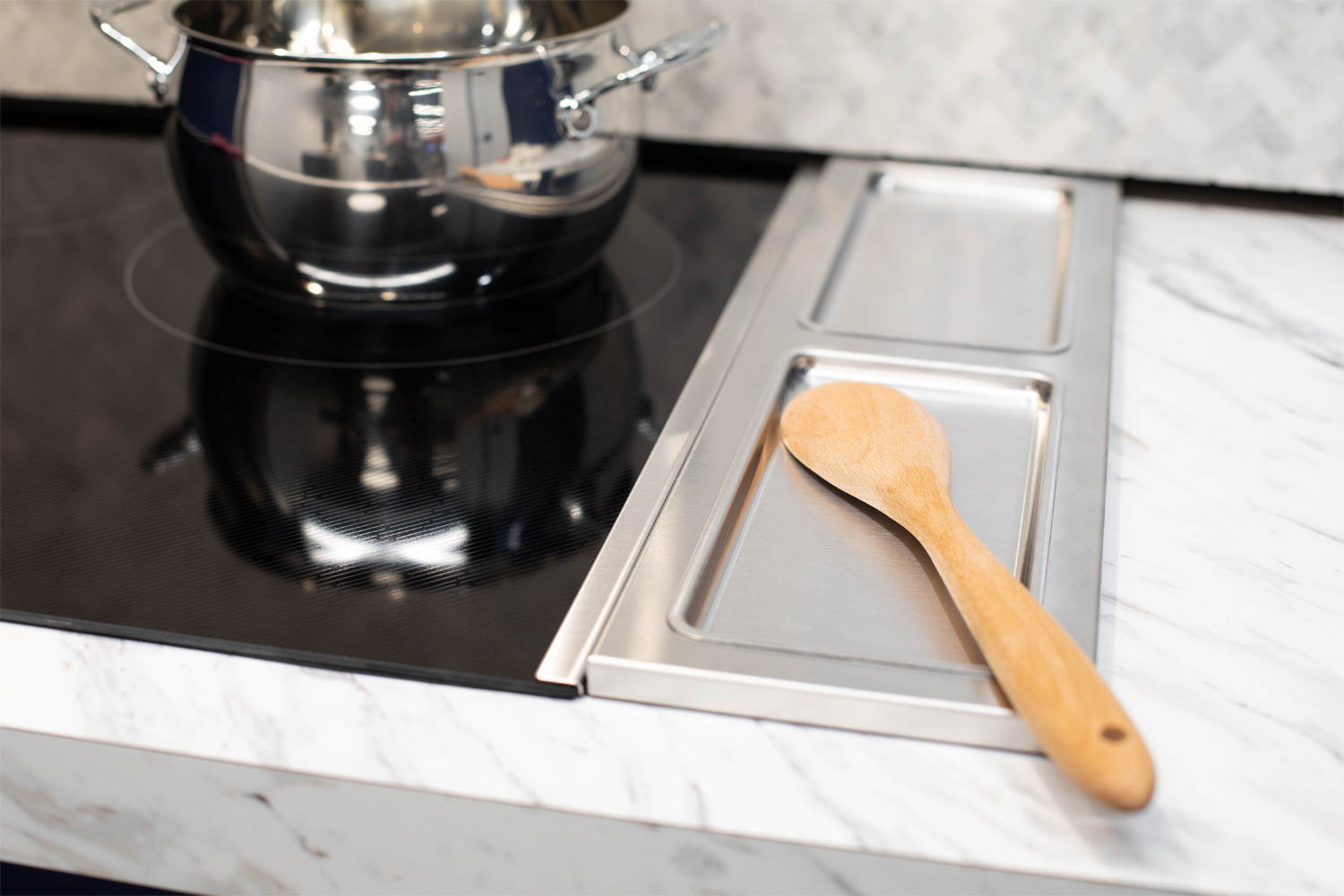

Articles
What Is Radiant Cooktop
Modified: February 7, 2024
Discover the benefits and features of radiant cooktops in our informative articles. Learn about the latest technology and find the perfect solution for your cooking needs.
(Many of the links in this article redirect to a specific reviewed product. Your purchase of these products through affiliate links helps to generate commission for Storables.com, at no extra cost. Learn more)
Introduction
When it comes to cooking appliances, there are a variety of options available in the market. One popular choice among homeowners and chefs alike is the radiant cooktop. These sleek and modern cooktops offer a range of benefits and are an excellent addition to any kitchen.
Radiant cooktops use advanced technology to heat up the cooking surface, providing even and precise heat distribution. This allows for efficient cooking and precise temperature control, making it ideal for a wide range of cooking techniques.
In this article, we will explore what radiant cooktops are and how they work. We will also discuss the advantages and disadvantages of using radiant cooktops, as well as provide tips on cleaning and maintenance. Finally, we will delve into the common features of radiant cooktops and offer guidance on choosing the right one for your kitchen.
So, whether you are a seasoned chef or a cooking enthusiast, read on to learn more about radiant cooktops and discover why they might be the perfect addition to your culinary repertoire.
Key Takeaways:
- Radiant cooktops offer precise temperature control, even heat distribution, and sleek design, making them a popular choice for efficient and versatile cooking experiences in kitchens worldwide.
- When choosing a radiant cooktop, consider factors such as size, power requirements, and available features to ensure it aligns with your cooking needs, kitchen space, and budget. Proper cleaning and maintenance are essential for prolonging the lifespan and enhancing the visual appeal of your radiant cooktop.
Read more: What Is A Radiant Space Heater
How Radiant Cooktops Work
Radiant cooktops utilize a heating element located beneath a smooth ceramic glass surface. This heating element is typically made of electric coils or infrared elements that produce heat when an electric current passes through them.
When the cooktop is turned on and a specific temperature is set, the heating element begins to emit radiant heat. This heat is transferred to the ceramic glass surface through radiant energy. The glass surface then acts as a conductor, distributing the heat evenly across the cooking area.
One of the key advantages of radiant cooktops is their ability to provide precise temperature control. The heat generated by the heating element can be adjusted instantly, allowing for quick temperature changes. This enables cooks to achieve the desired cooking temperature rapidly and accurately.
Additionally, radiant cooktops offer a responsive cooking experience. As the heat disperses evenly across the cooking surface, there are no hot or cold spots, ensuring that the food is cooked consistently. This makes radiant cooktops suitable for a variety of cooking techniques, including simmering, boiling, frying, and searing.
Furthermore, modern radiant cooktops often come with advanced features such as dual or triple cooking zones. These zones allow users to utilize different heat levels across the cooking surface, catering to different cooking needs. For example, a large zone can be used for cooking a family-sized meal, while a smaller zone can be used for simmering or keeping food warm.
Overall, radiant cooktops provide a reliable and efficient cooking experience. Whether you are preparing a complex meal or simply boiling water, the technology behind radiant cooktops ensures that your food is cooked precisely and efficiently.
Advantages of Radiant Cooktops
Radiant cooktops offer a multitude of advantages that make them a popular choice among homeowners and chefs. Let’s explore some of the key advantages:
- Even Heat Distribution: One of the main advantages of radiant cooktops is their ability to distribute heat evenly across the cooking surface. This ensures that food is cooked uniformly, eliminating the risk of hot or cold spots. Whether you’re simmering a delicate sauce or searing a steak, you can count on consistent results every time.
- Precise Temperature Control: Radiant cooktops allow for precise temperature control, allowing you to adjust the heat to the exact level required for your cooking needs. Whether you need a gentle simmer or high heat for rapid boiling, radiant cooktops offer the flexibility to achieve the desired temperature quickly and accurately.
- Quick Heating: With radiant cooktops, there’s minimal waiting time for the cooking surface to heat up. The heating elements provide instant heat, reducing the time it takes to reach the desired cooking temperature. This makes radiant cooktops ideal for busy professionals or those who want to cut down on cooking time.
- Energy Efficiency: Radiant cooktops are known for their energy efficiency. The heat produced by the heating elements is transferred directly to the cooking surface, minimizing heat loss and ensuring efficient energy usage. Additionally, the smooth ceramic glass surface retains heat well, allowing you to lower the heat setting once the desired temperature is reached and still maintain consistent heat levels.
- Ease of Cleaning: The smooth glass surface of radiant cooktops makes them incredibly easy to clean. Unlike traditional gas cooktops with burners and grates, radiant cooktops have no crevices or hard-to-reach areas that food particles can get trapped in. A simple wipe with a damp cloth is usually sufficient to remove spills and stains, making cleanup a breeze.
- Sleek and Modern Design: Radiant cooktops are known for their sleek and modern appearance, adding an aesthetic boost to any kitchen. The smooth glass surface and minimalist controls create a clean and sophisticated look that complements a variety of kitchen styles and designs.
From precise temperature control to energy efficiency, radiant cooktops offer a range of advantages that make them a popular choice among home cooks and professional chefs alike. Investing in a radiant cooktop can elevate your cooking experience and bring efficiency and elegance to your kitchen.
Disadvantages of Radiant Cooktops
While radiant cooktops offer numerous advantages, it is important to consider their limitations and potential disadvantages. Here are some of the drawbacks you should be aware of:
- Heat Transfer Time: Unlike gas cooktops, radiant cooktops can take longer to heat up and cool down. The glass surface provides an even distribution of heat, but it requires some time to reach the desired temperature and may take longer to cool down after cooking. This extended heat transfer time can be a drawback for those who prefer a quick and precise cooking experience.
- Sensitivity to Cookware: Radiant cooktops require specific types of cookware to function optimally. Flat-bottomed cookware with good heat-conducting properties is recommended, such as stainless steel, cast iron, or aluminum. Cookware with uneven or warped bottoms may not make proper contact with the glass surface, resulting in uneven cooking or slow heating times.
- Potential for Scratches: The smooth glass surface of radiant cooktops can be prone to scratches if not handled with care. Abrasive materials or dragging heavy pots and pans across the surface can cause damage. It is important to use appropriate cookware and avoid using harsh cleaning agents or abrasive sponges that could scratch the surface.
- Susceptibility to Stains and Spills: While the ceramic glass surface of radiant cooktops is relatively easy to clean, it can be susceptible to stains and spills if not promptly wiped up. Certain types of food, sauces, or liquids that are left to sit on the surface for an extended period may cause discoloration or staining. Regular cleaning and immediate wiping of spills are necessary to maintain the pristine appearance of the cooktop.
- Potential for Glass Damage: The glass surface of radiant cooktops can be vulnerable to cracking or shattering if subjected to sudden impacts or extreme temperature changes. Care must be taken when handling heavy pots and pans to prevent accidentally dropping them or slamming them onto the cooktop surface. Additionally, extreme temperature changes, such as placing a hot pan directly onto a cold cooktop, can cause the glass to crack or break.
While radiant cooktops have their limitations, they are still a popular choice for many due to their numerous advantages. Understanding and addressing these disadvantages can help you make an informed decision about whether a radiant cooktop is suitable for your cooking needs and lifestyle.
When using a radiant cooktop, always make sure to use flat-bottomed cookware for maximum heat transfer and efficiency. Avoid using cookware with rough or uneven bottoms to prevent damage to the cooktop surface.
Cleaning and Maintenance of Radiant Cooktops
Proper cleaning and maintenance are essential to keep your radiant cooktop looking its best and functioning optimally. Here are some tips to help you maintain and clean your radiant cooktop:
- Regular Surface Cleaning: After each use, it is important to clean the cooktop surface to remove any food residue or spills. Wait for the cooktop to cool down, then gently wipe the surface with a soft cloth or sponge. Avoid using abrasive materials that could scratch the glass. If there are stubborn stains or burnt-on food, use a cooktop cleaner specifically designed for radiant cooktops.
- Avoid Harsh Cleaners: When cleaning your radiant cooktop, avoid using harsh cleaners, bleach, or abrasive cleaning pads, as they can damage the glass surface. Stick to mild and non-abrasive cleaners that are specifically formulated for radiant cooktops. If unsure, check the manufacturer’s recommendations for cleaning products.
- Preventive Measures: To minimize the risk of spills and stains, use pots and pans that are appropriate for radiant cooktops. Ensure that cookware is clean and dry before placing it on the cooktop. Additionally, using lids while cooking can help prevent splatters and spills, reducing the need for extensive cleaning after each use.
- Remove Burnt-on Residue: If there is burnt-on residue on the cooktop surface, you can use a razor scraper specifically designed for glass cooktops to carefully remove it. Hold the scraper at a shallow angle and gently scrape the residue, being cautious not to apply too much pressure to avoid scratching the glass. Follow up with a thorough cleaning using a cooktop cleaner.
- Protect the Glass Surface: To maintain the pristine appearance of your radiant cooktop, consider using cookware protectors or silicone mats between the cooktop and the pots or pans. These protective accessories can help prevent scratches and abrasions caused by direct contact and reduce the risk of stains or damage from spills.
- Regular Maintenance Checks: Periodically check the heating elements and the control knobs of your radiant cooktop for any signs of damage or wear. If you notice any issues, such as flickering or inconsistent heat, contact a professional for repairs or maintenance. It is also important to keep the vent area beneath the cooktop clean and free from debris to ensure proper airflow and ventilation.
By following these cleaning and maintenance tips, you can prolong the lifespan of your radiant cooktop and keep it looking and performing at its best. With regular care and attention, your radiant cooktop will continue to be a reliable and stylish addition to your kitchen.
Read more: What Is Radiant Barrier Insulation
Common Features of Radiant Cooktops
Radiant cooktops come with a range of features that enhance their functionality and convenience. Here are some common features you can expect to find in radiant cooktops:
- Control Panels: Radiant cooktops typically have control panels located along the side or front of the unit. These panels provide easy access to the temperature controls and other settings, allowing you to adjust the heat levels and cooking options with precision.
- Indicator Lights: Most radiant cooktops feature indicator lights that signal when the cooktop is in operation or when a certain temperature has been reached. These lights provide a visual cue, making it easier to monitor the status of the cooktop at a glance.
- Dual and Triple Cooking Zones: Many radiant cooktops offer multiple cooking zones, including dual or triple zones. These zones allow for versatility in cooking by allowing you to use different heat levels simultaneously. This feature is particularly useful for accommodating various pot sizes or cooking multiple dishes at once.
- Touch Controls: Some radiant cooktops feature touch controls, which provide a sleek and modern interface for adjusting temperatures and settings. These touch controls are often intuitive and easy to use, allowing for precise adjustments with a simple tap or swipe.
- Timer Function: A timer function is a common feature of radiant cooktops, allowing you to set a specific cooking time for each cooking zone. Once the set time elapses, the cooktop automatically shuts off, providing convenience and ensuring that your food is cooked for the desired duration.
- Safety Features: Radiant cooktops are equipped with various safety features to prevent accidents and ensure user safety. These features may include child lock settings, overheating protection, and residual heat indicators to alert you if a cooking zone is still hot after use.
- Bridge Elements: Some radiant cooktops have bridge elements or elongated cooking zones that can be activated to create a larger cooking area. This feature is particularly beneficial for accommodating larger cookware or griddles, allowing for versatile cooking options.
- Simmer and Melt Functions: Many radiant cooktops offer specialized simmer and melt functions, which provide precise low heat settings. These functions are ideal for delicate tasks such as simmering sauces or melting chocolate, allowing you to maintain a consistent low heat without the risk of scorching.
These common features enhance the versatility and user experience of radiant cooktops, making them a convenient and efficient option for any kitchen. Make sure to consider these features when choosing a radiant cooktop that best suits your cooking style and preferences.
Choosing the Right Radiant Cooktop
When selecting a radiant cooktop for your kitchen, there are several factors to consider to ensure that you choose the right one to meet your cooking needs. Here are some important factors to keep in mind:
- Cooktop Size: Consider the available space in your kitchen and the size of your cookware when choosing a radiant cooktop. Measure the dimensions of your countertop and ensure that the cooktop will fit properly. Additionally, consider the number of burners or cooking zones you require based on your typical cooking needs.
- Power Requirements: Check the power requirements for the radiant cooktop you are considering. Radiant cooktops typically require a dedicated electrical circuit with the appropriate voltage and amperage. Ensure that your kitchen’s electrical system can support the cooktop you intend to purchase.
- Control Type: Consider whether you prefer physical knobs or touch controls for your cooktop. Physical knobs offer a tactile experience and are generally more durable, while touch controls provide a sleek and modern look. Choose the control type that best suits your personal preference and cooking style.
- Cooking Zones and Features: Evaluate the number and size of the cooking zones or burners on the cooktop. Consider whether you require dual or triple zones for more flexibility in cooking. Take note of any additional features, such as bridge elements or simmer functions, that may enhance your cooking experience.
- Cookware Compatibility: Check the cookware requirements for the radiant cooktop you are considering. Radiant cooktops typically work best with flat-bottomed cookware that provides good heat transfer. Ensure that your existing cookware is compatible, or be prepared to invest in suitable cookware for optimal performance.
- Safety Features: Take note of the safety features offered by the radiant cooktop. Look for features such as child lock settings, residual heat indicators, and automatic shut-off functions that prioritize safety in the kitchen.
- Brand and Warranty: Research reputable brands that offer reliable and well-reviewed radiant cooktops. Consider the warranty and after-sales support provided by the manufacturer, as this can give you peace of mind and assurance in the quality of the product.
- Budget: Set a budget for your radiant cooktop purchase, considering factors such as size, features, and brand. Determine what features are essential for your cooking needs and prioritize them accordingly when making a decision.
By considering these factors, you can make an informed decision and choose the right radiant cooktop that aligns with your cooking preferences, kitchen space, and budget. Take your time to research and compare different models to ensure that you select a cooktop that will enhance your culinary experience for years to come.
Conclusion
Radiant cooktops offer a sleek and efficient cooking solution for homeowners and chefs looking to elevate their culinary experience. With their even heat distribution, precise temperature control, and modern design, radiant cooktops have become a popular choice in kitchens around the world.
These cooktops utilize advanced technology to provide an even and controlled heat source, ensuring consistent and delicious results. Whether you’re simmering a delicate sauce, boiling water, or searing a steak, radiant cooktops offer the versatility and precision needed to achieve culinary perfection.
While radiant cooktops come with many advantages, such as energy efficiency, ease of cleaning, and a wide range of features, it’s important to keep in mind their limitations. Longer heat transfer times and the need for specific cookware are factors to consider when deciding if a radiant cooktop is the right choice for your kitchen.
When choosing a radiant cooktop, consider factors such as size, power requirements, control type, and available features. Take into account your cooking needs, kitchen layout, and personal preferences to select the cooktop that best suits your requirements.
Remember to follow proper cleaning and maintenance practices to keep your radiant cooktop in optimal condition. Regular surface cleaning, avoiding harsh cleaners, and taking precautions to protect the glass surface will help prolong the lifespan and enhance the visual appeal of your cooktop.
In conclusion, radiant cooktops provide a sleek and efficient cooking experience, offering precise temperature control and even heat distribution. With their modern design and range of features, radiant cooktops are an excellent addition to any kitchen, providing versatility and convenience for both professional chefs and home cooks alike.
Frequently Asked Questions about What Is Radiant Cooktop
Was this page helpful?
At Storables.com, we guarantee accurate and reliable information. Our content, validated by Expert Board Contributors, is crafted following stringent Editorial Policies. We're committed to providing you with well-researched, expert-backed insights for all your informational needs.
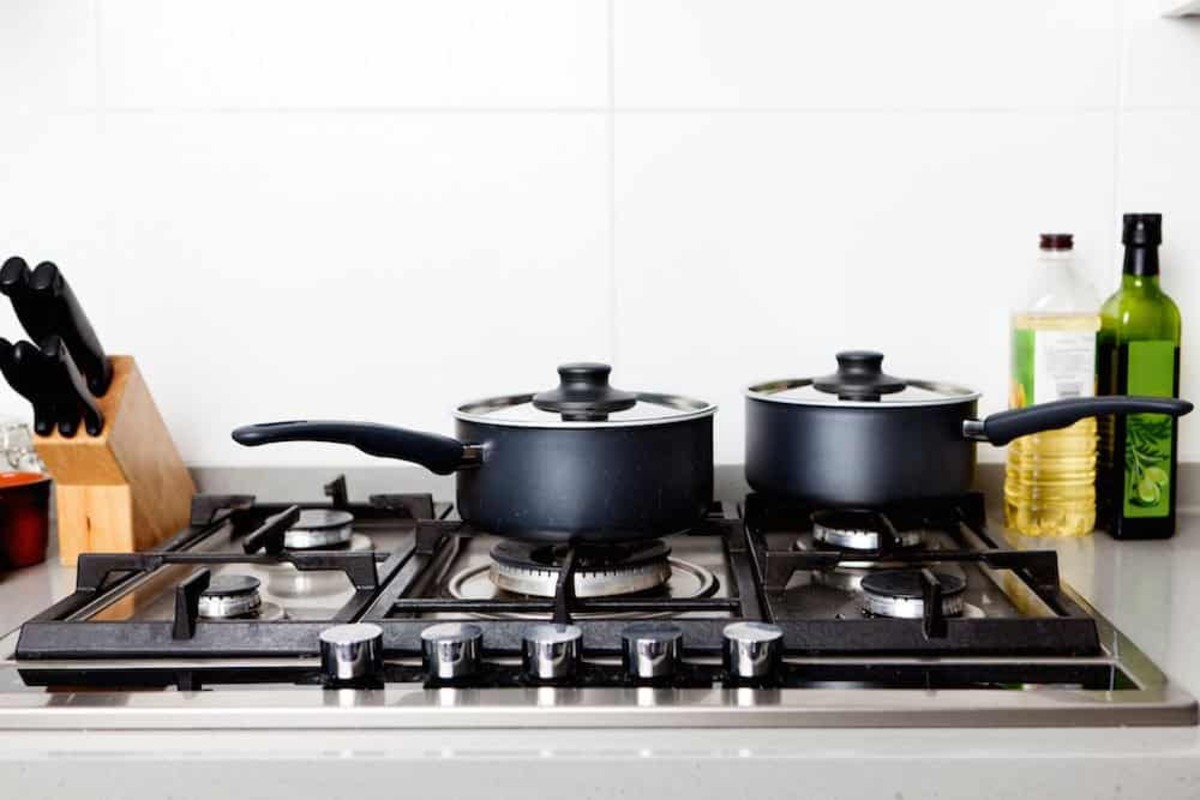
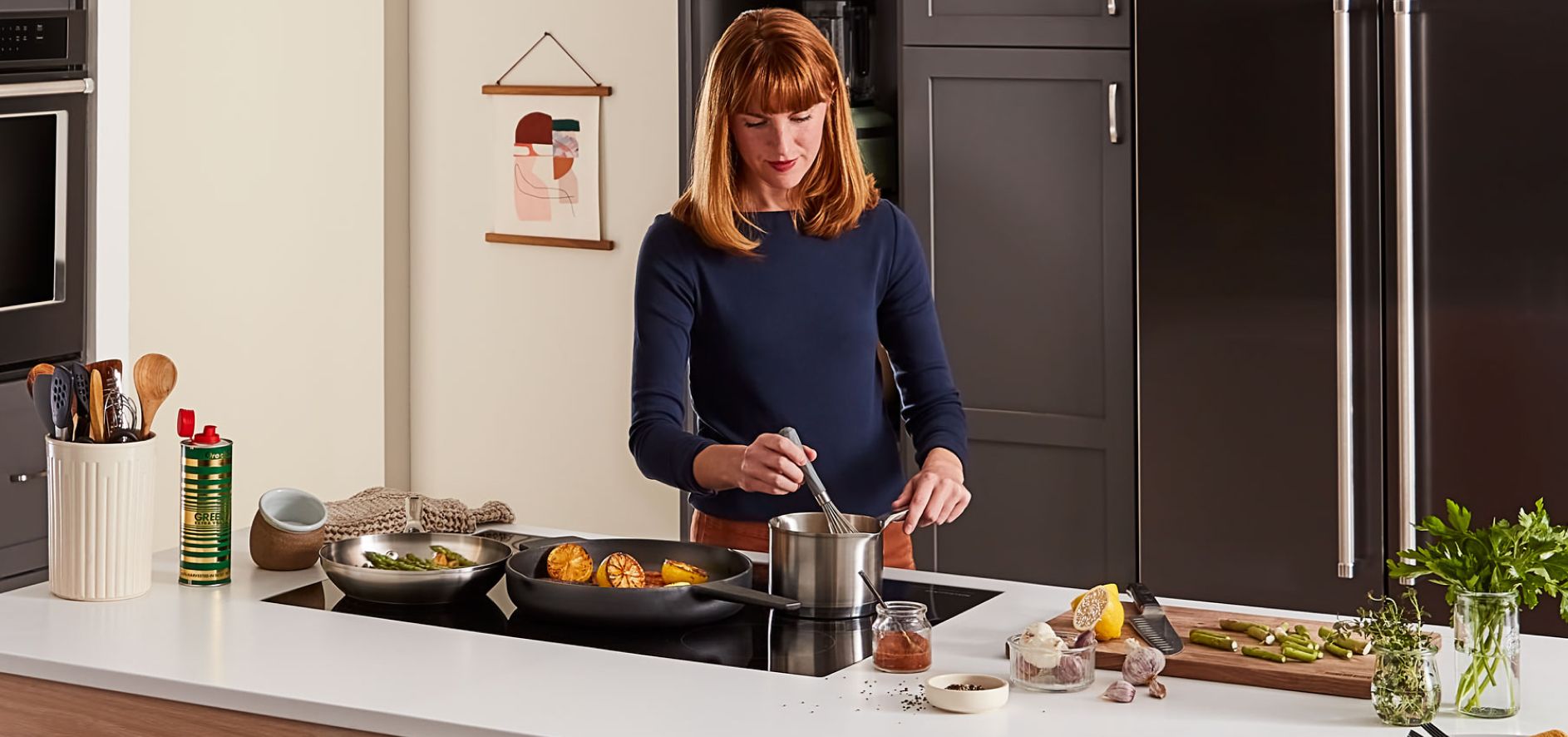
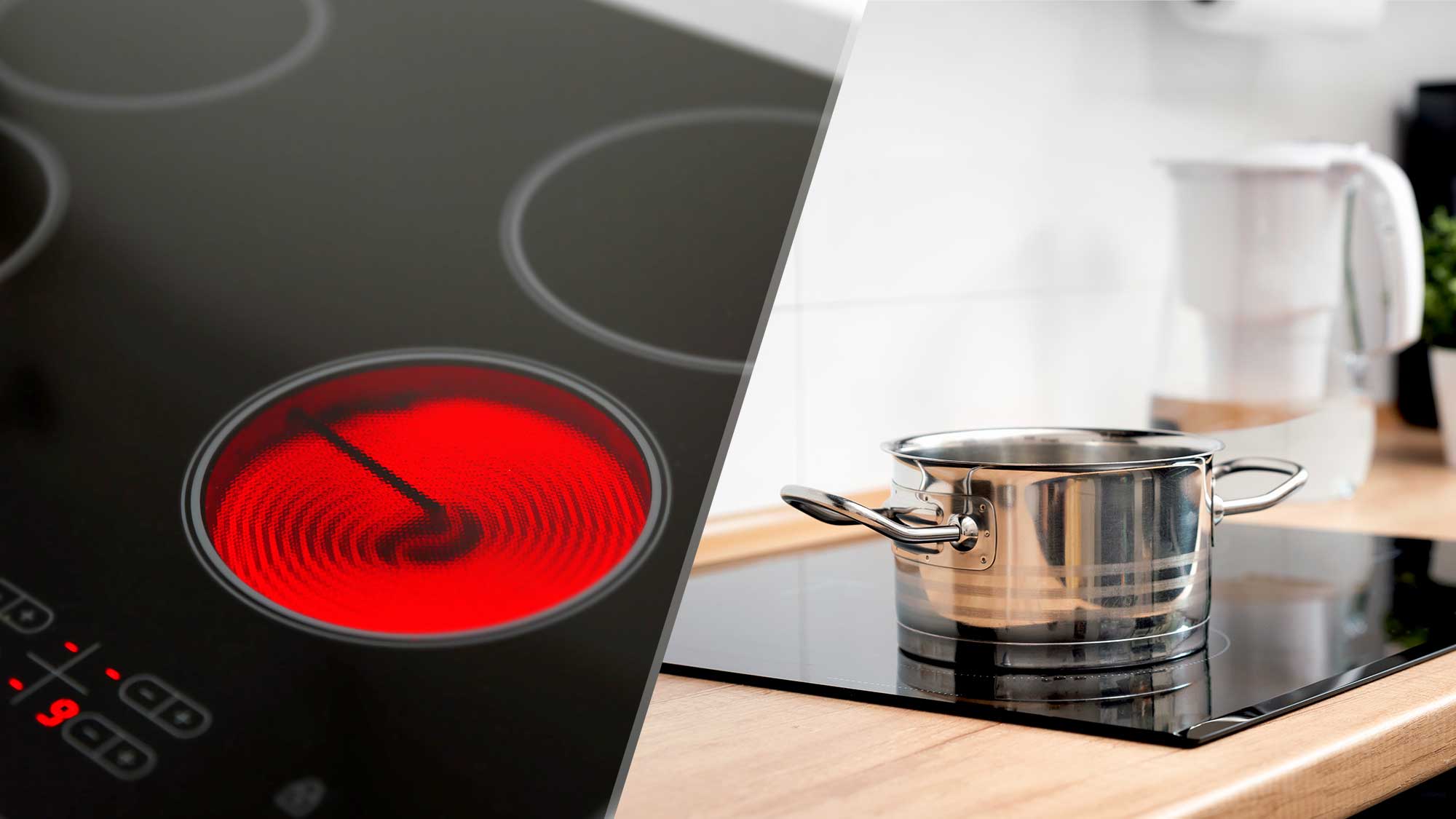
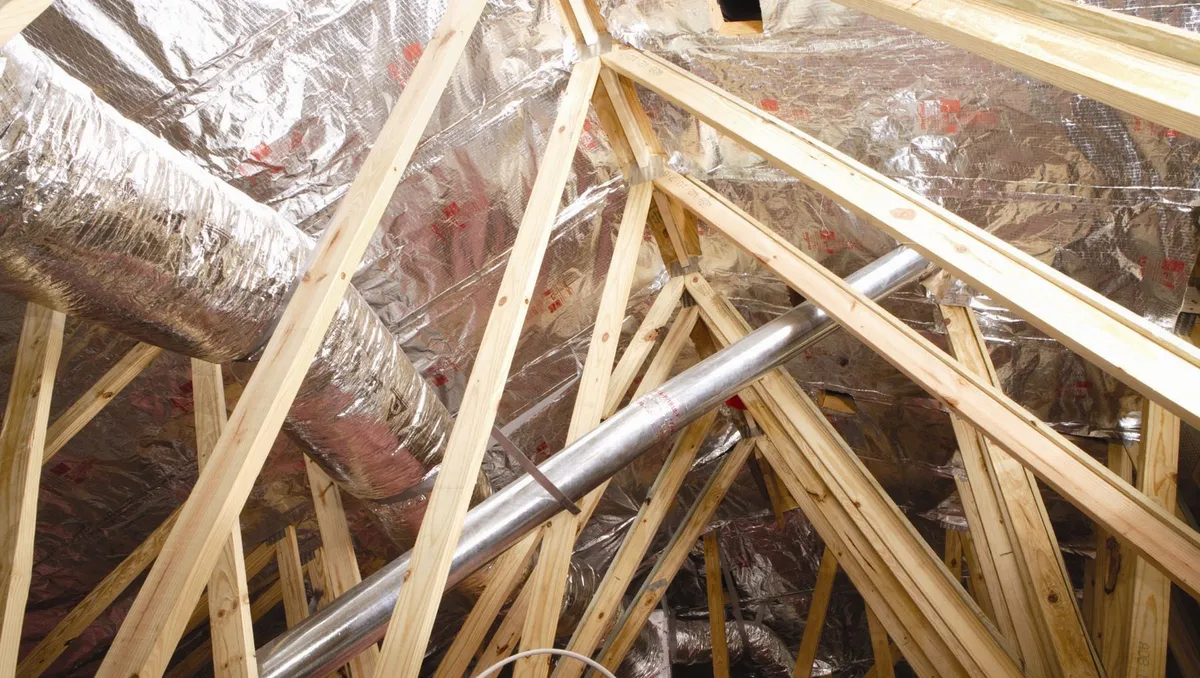
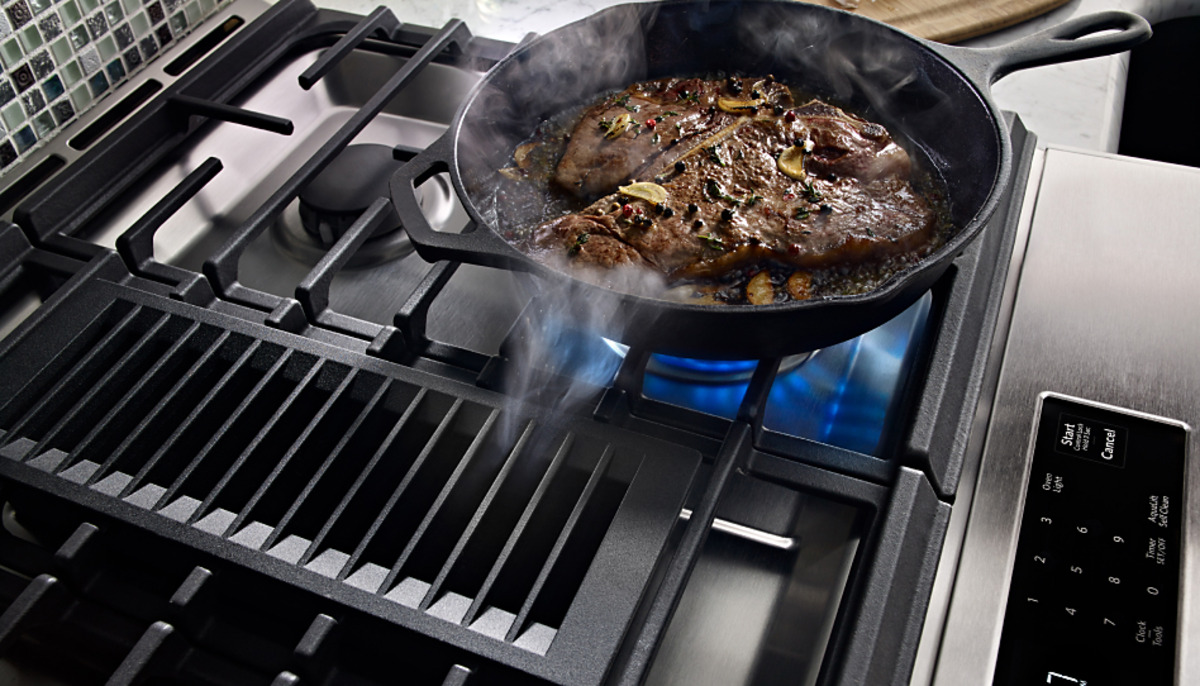
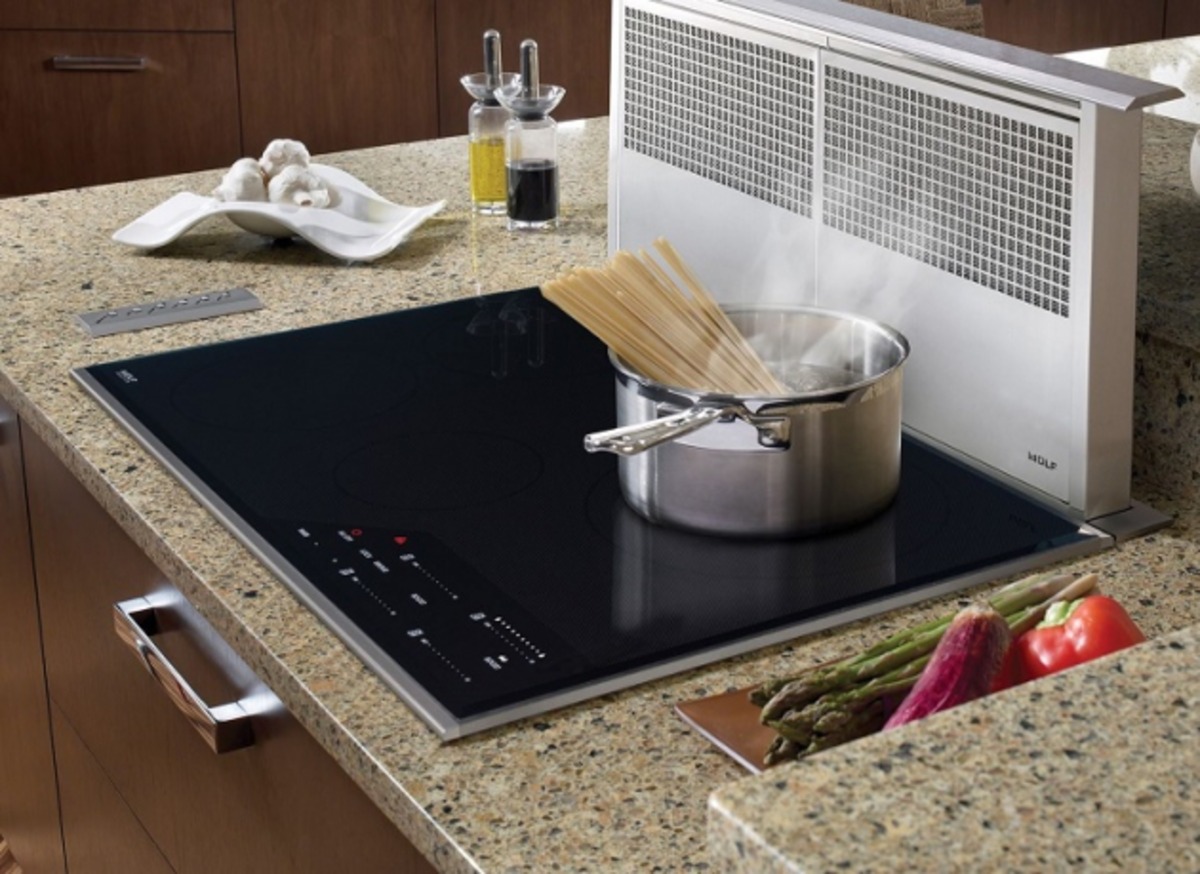
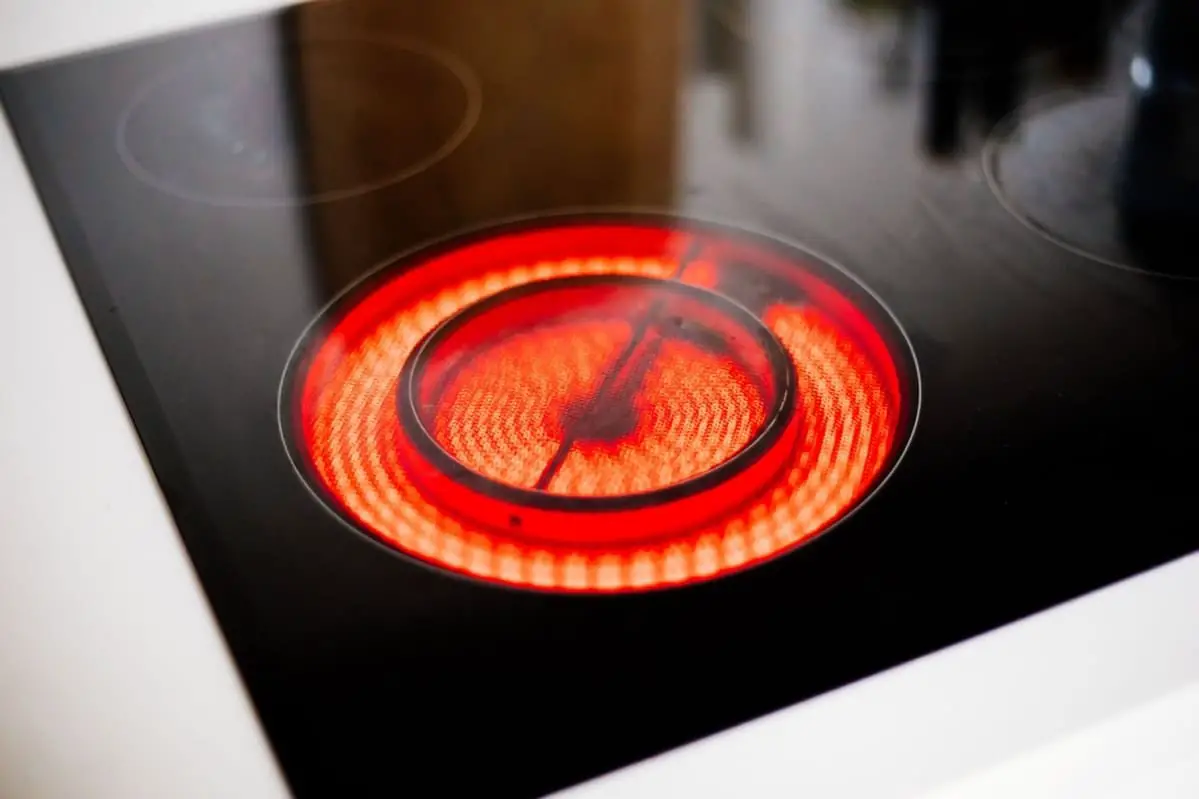
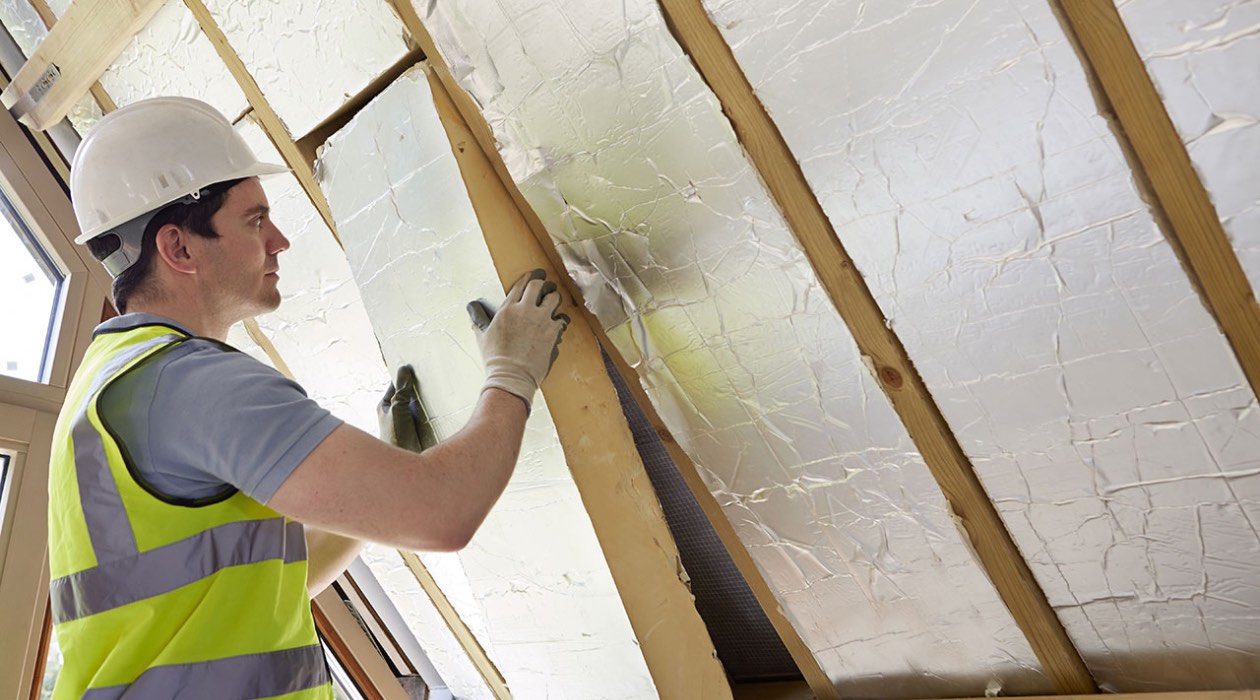
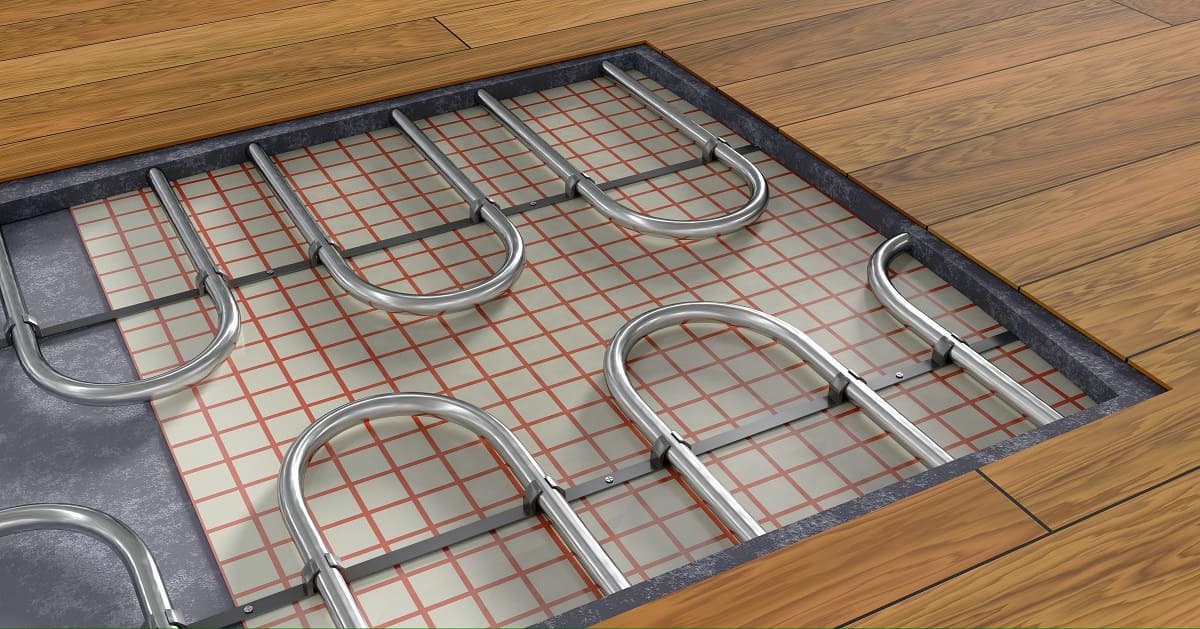
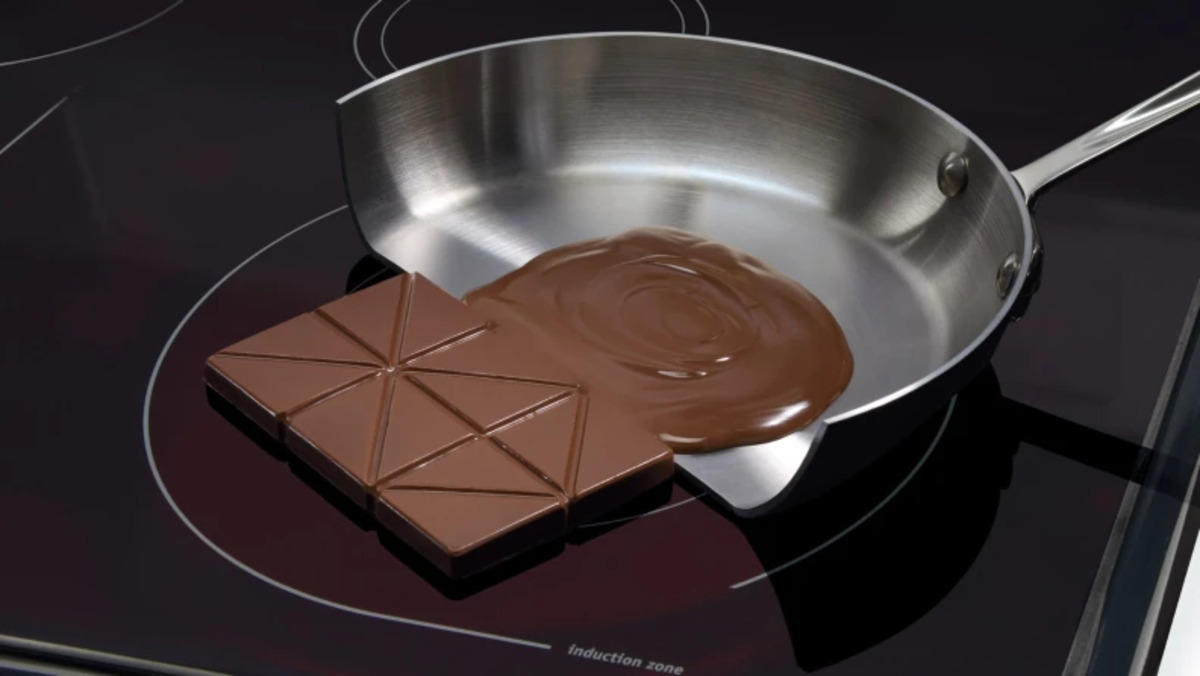
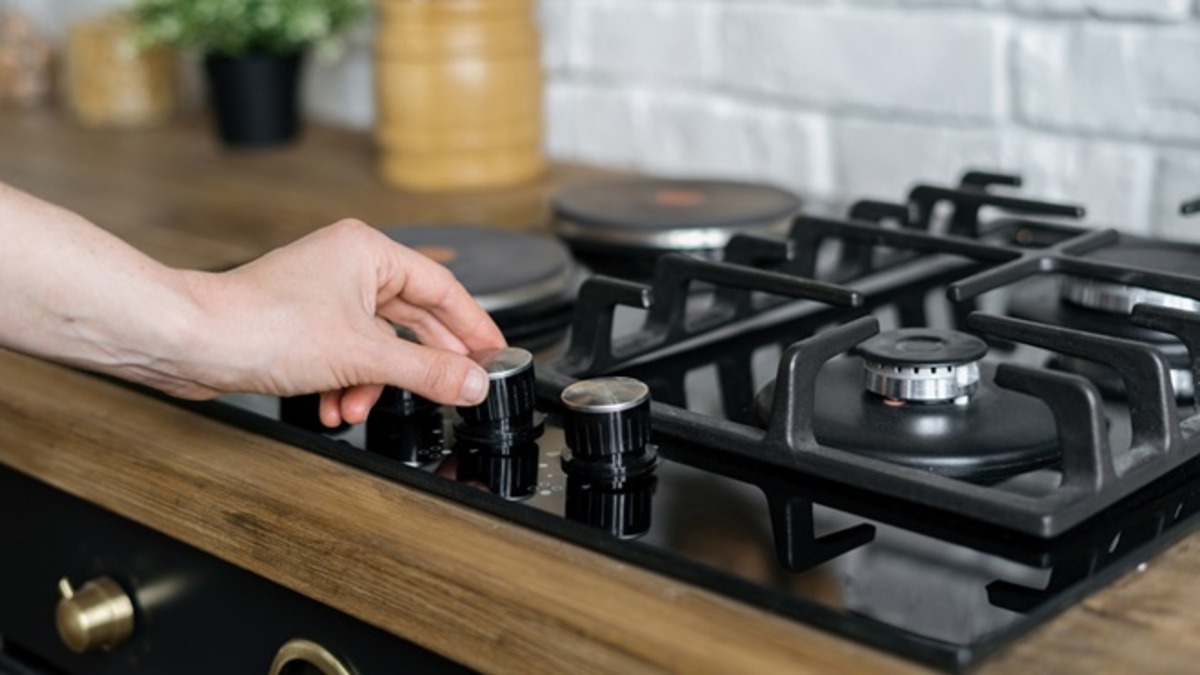
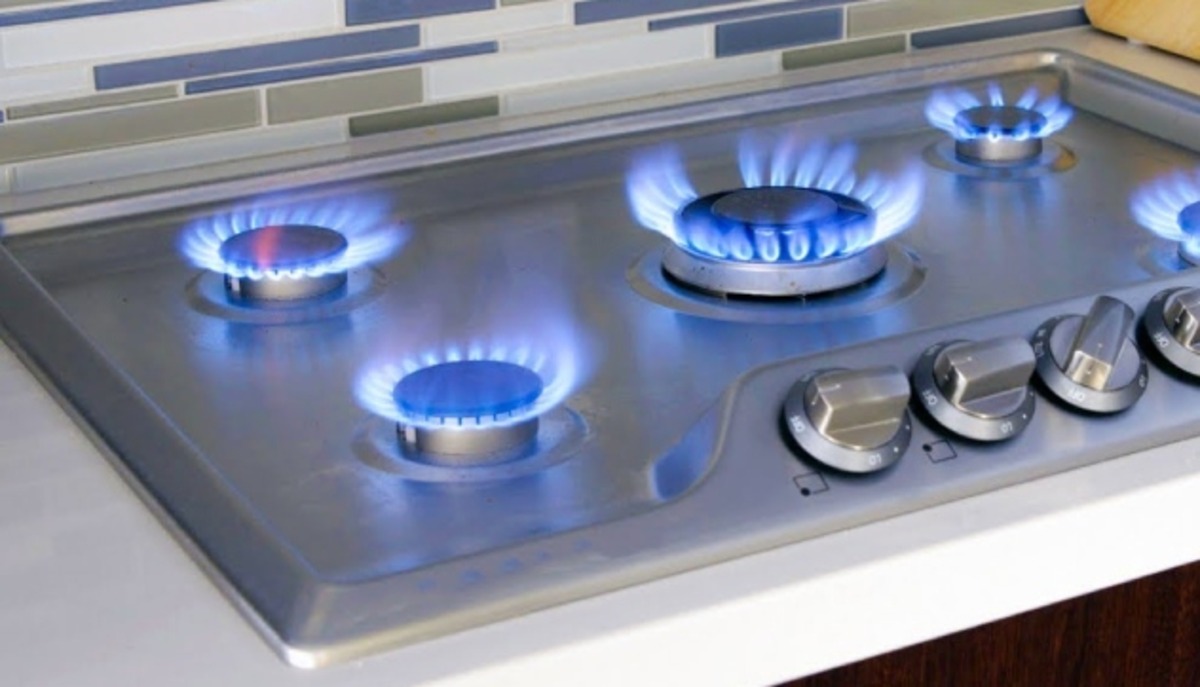
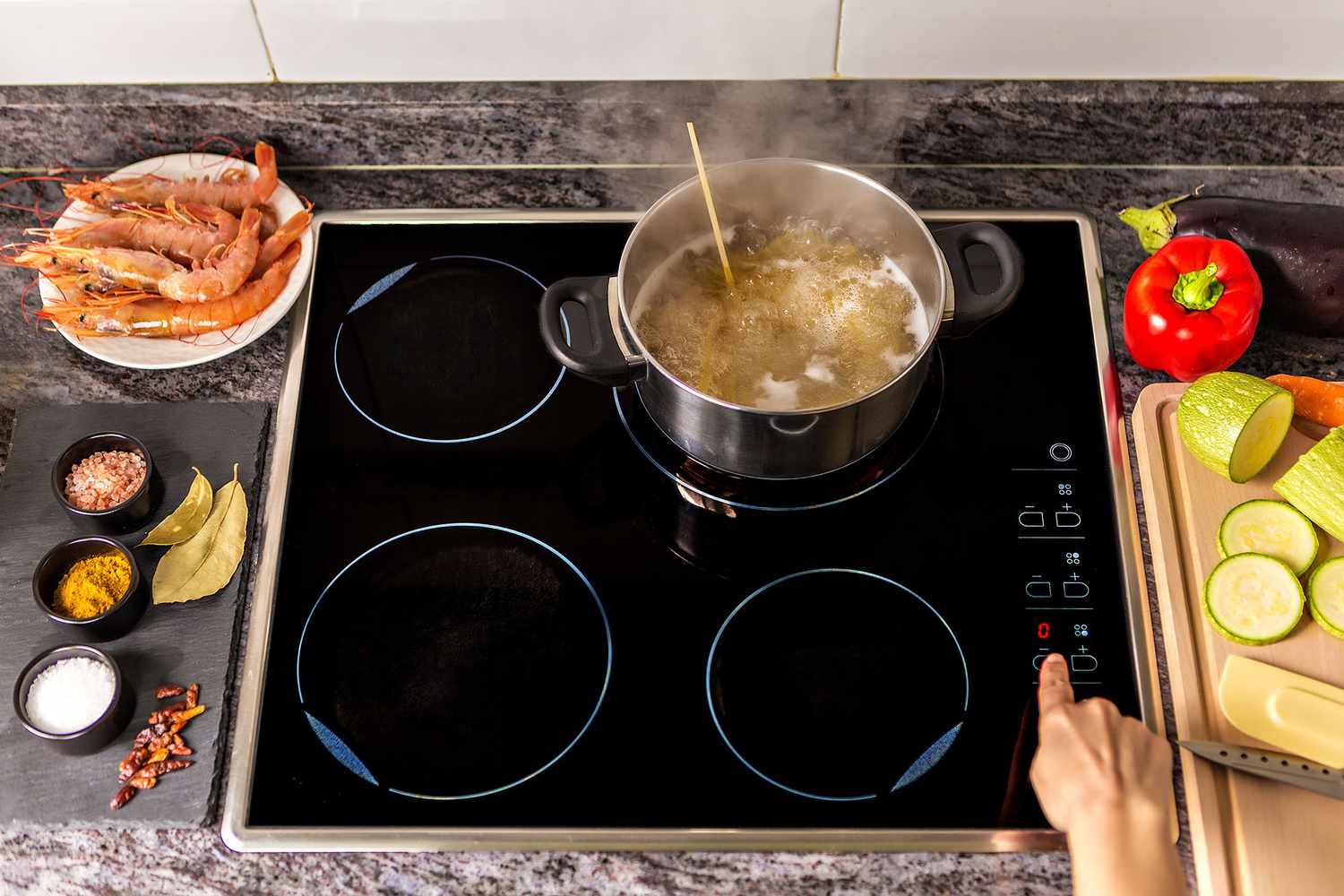
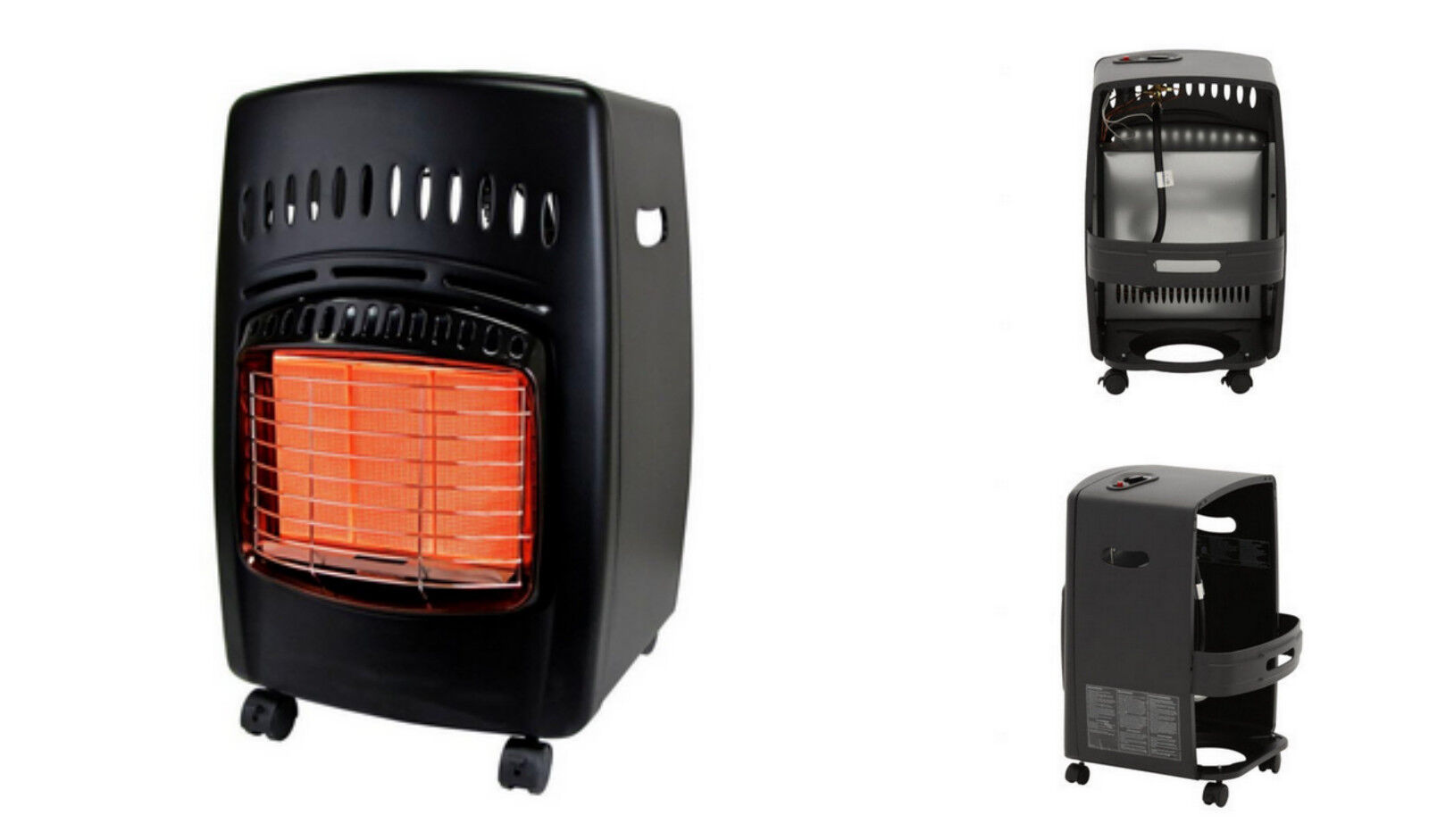

0 thoughts on “What Is Radiant Cooktop”